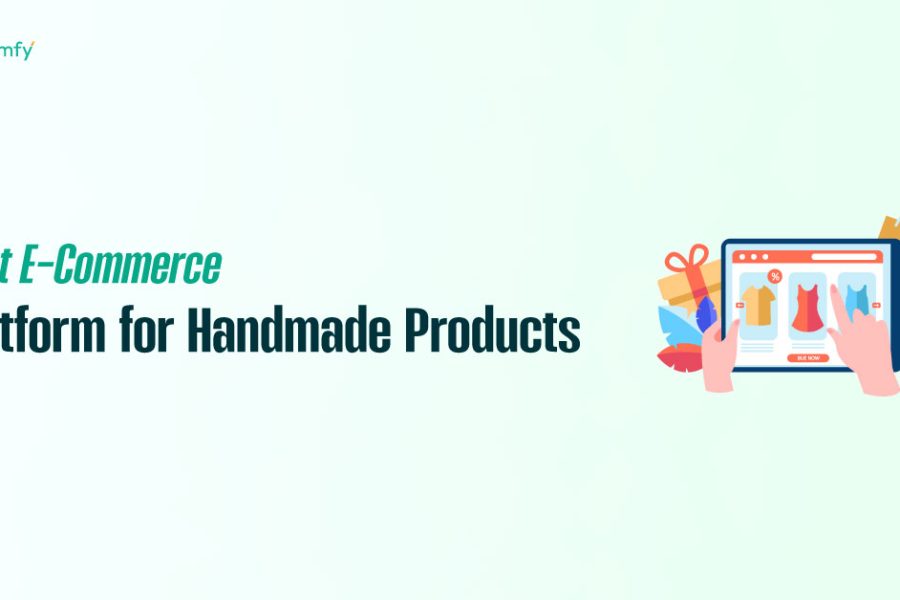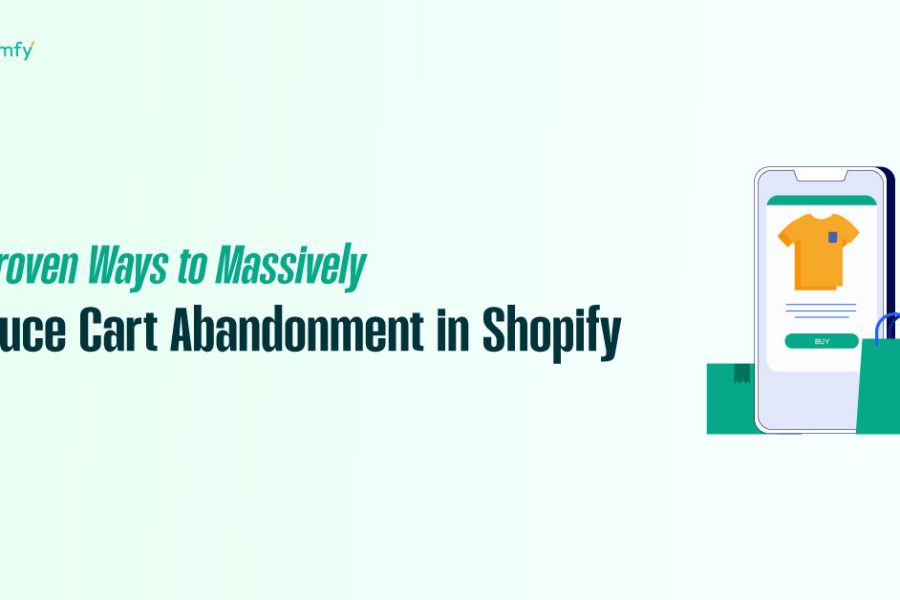Shipping is one of the most important aspects of running a successful e-commerce business, especially for startups. It directly impacts customer satisfaction, repeat purchases, and overall profitability. When a customer places an order, their experience doesn’t end at checkout; it extends to how quickly and reliably they receive their product.
For e-commerce startups, shipping also affects cash flow. High shipping costs or delays can lead to cart abandonment, refunds, or bad reviews. That’s why choosing the right e-commerce shipping providers early on is essential to creating a scalable and smooth operation.
Finding a balance between cost-efficiency, speed, and reliability is the secret to building a startup shipping logistics strategy that grows with your business.
Table of Contents
ToggleKey Features to Look for in Startup Shipping Solutions
The right shipping solution should do more than just print labels. It should help you manage your orders, track shipments, and offer customers real-time updates. Here are some of the most important features for startup-friendly shipping tools:
Real-Time Shipping Rates and Tracking
Customers want to know precisely what they’ll pay and when their order will arrive. Tools that integrate live shipping rates and provide real-time tracking improve transparency and build trust.
Multi-Carrier Support and Discounted Rates
Choosing a solution that supports multiple carriers, such as USPS, UPS, FedEx, and DHL, allows for greater flexibility. Many shipping software platforms offer discounted shipping rates, which is something crucial for startups working with tight margins.
Automated Label Printing and Fulfillment Integration
Automation saves time. Look for shipping platforms that automatically generate shipping labels, integrate with your store, and even notify customers with delivery confirmation and tracking links.
Scalable Systems for Growth
As your order volume grows, you’ll need a system that scales. Look for shipping platforms and fulfillment solutions that can handle increased volume without slowing you down.
Best Shipping Carriers for E-Commerce Startups

While there are many e-commerce courier services available, some carriers consistently offer the best value, especially for new businesses.
USPS
USPS (United States Postal Service) is ideal for small, lightweight domestic packages. It’s affordable, reliable, and offers features like flat-rate shipping and free pickup.
UPS & FedEx
UPS and FedEx provide faster shipping and better tracking options. They are excellent for larger orders, express delivery, or high-value items. As your volume grows, you can negotiate discounted rates with them.
DHL
DHL is one of the best options for international shipping for small businesses. They offer excellent cross-border logistics, fast delivery times, and tools to calculate taxes and duties in advance.
Top Shipping Software for Small Online Stores

For startups, using a robust shipping software tool is often the best way to manage logistics without hiring a full team. Here are some of the top tools tailored for small e-commerce operations:
Shippo
Shippo is a favorite among e-commerce startups due to its simple interface and access to multiple carriers. It offers real-time shipping rates, discounted labels, and easy integration with platforms like Shopify and WooCommerce.
Easyship
Easyship is known for international shipping. It provides an all-in-one platform that includes duties and taxes calculators, real-time rates, and carrier comparisons. This is great if you plan to ship globally right out of the gate.
ShipStation
ShipStation helps centralize all your orders from different marketplaces and carriers. You can automate label printing, set shipping rules, and customize delivery options to suit your needs. It’s perfect for startups scaling to multi-channel selling.
Stamps.com
Stamps.com is ideal for USPS users. It simplifies the entire process. From printing postage to tracking shipments, it is a great way to unlock USPS commercial rates without visiting the post office.
Best Fulfillment and Logistics Partners for Startups

If handling packing and shipping yourself isn’t scalable, third-party fulfillment services are a smart move. Here are a few of the top options:
ShipBob
ShipBob is a top-tier fulfillment partner for e-commerce startups. It provides fast, two-day delivery, real-time inventory tracking, and integration with your online store. Their warehouses across the U.S. help reduce shipping zones and delivery times.
Amazon FBA
Amazon FBA (Fulfillment by Amazon) offers massive reach and Prime-eligible shipping. With FBA, you send your products to Amazon’s warehouses, and they handle the rest. It’s great for getting products in front of millions of Prime members.
Dropshipping
Dropshipping is another startup-friendly method where you never hold inventory. Instead, the supplier ships directly to the customer. While profit margins are lower, the model eliminates warehouse costs and simplifies logistics for new sellers.
Choosing between a fulfillment center and handling shipping in-house depends on your order volume, profit margins, and how hands-on you want to be. Many startups start with in-house shipping and switch to fulfillment partners as they grow.
Shopify Shipping and Other Platform-Native Solutions
If you’re using Shopify, Shopify Shipping offers a convenient, built-in shipping solution. You can access pre-negotiated discounted rates with USPS, UPS, and DHL right from your dashboard. It also includes label printing and real-time tracking updates for customers.
The advantage of using a platform-native solution is that everything lives in one place. You don’t need third-party tools to manage shipping. However, you may eventually outgrow these tools as your operations scale or if you require more advanced features, such as automation rules or API access.
Other e-commerce platforms, such as BigCommerce and WooCommerce, also offer shipping integrations; however, Shopify Shipping remains one of the easiest to set up and manage for startups.
Packaging and Labeling Essentials for E-Commerce
Shipping isn’t just about getting products from point A to point B; it’s also about presentation and protection.
Protective and Branded Packaging
Your packaging should reflect your brand and protect the contents. Invest in high-quality, affordable e-commerce packaging solutions that strike a balance between form and function. Options like custom mailers, eco-friendly boxes, and branded inserts make a difference.
Automated Labeling Solutions
For labels, using label printing software like ShipStation, Stamps.com, or Shopify Shipping helps speed up fulfillment and reduce errors. Automated label generation tied to order data ensures the right product goes to the right customer.
Delivery Confirmation and Tracking
Don’t forget to include delivery confirmation and tracking numbers in every order. Customers want to know when their order will arrive, and a tracking number improves transparency and reduces customer service inquiries.
International Shipping for Small Businesses
International shipping opens up your business to a global market, but it also comes with complexity. Customs forms, international tax laws, and varying delivery timelines can create friction.
Start by choosing carriers with international expertise, such as DHL or Easyship. These services often handle customs and duties on your behalf, reducing the likelihood of delays or customer complaints.
Use tools that provide landed cost calculations to show your international customers the total price upfront, including shipping, taxes, and duties. This helps avoid cart abandonment due to surprise fees.
Also, offer multiple delivery options. Some customers may prefer a cheaper but slower shipping method, while others want fast delivery even if it costs more.
How to Automate and Scale Your Shipping Workflow?
Automation is the key to managing growth without overwhelming your team. By connecting your shipping tools to your warehouse management system (WMS), you can streamline the entire fulfillment process.
Automation rules allow you to assign carriers based on location, product weight, or customer preferences. For example, you can automatically select USPS for packages under 1 lb, and UPS for anything heavier.
As your order volume increases, scaling becomes easier if your system already supports bulk label printing, order syncing, and inventory updates across multiple platforms.
Shipping automation tools, such as ShipStation, Easyship, and Shopify Flow, are essential for startups looking to save time, reduce manual errors, and increase order capacity.
Final Tips for Choosing the Right Shipping Solution

Choosing the best shipping solution for your e-commerce startup depends on your specific needs: order volume, product types, customer location, and business model. Always test multiple tools before committing, and keep an eye on how each platform handles scalability, support, and integrations.
Don’t focus only on cost. Consider the total value, including time saved, automation capabilities, and customer experience. The right shipping strategy can mean the difference between surviving and thriving in a competitive e-commerce landscape.
FAQs on E-Commerce Shipping for Startups
What is the cheapest way to ship for a startup?
For most U.S.-based startups, USPS offers the cheapest rates for lightweight domestic shipping. Using a tool like Stamps.com or Shippo can give you access to commercial pricing, helping you save even more.
Can I integrate real-time shipping rates into my Shopify store?
Yes, Shopify Shipping and apps like ShipStation or Easyship allow real-time shipping rate calculations at checkout. This ensures transparency and lets your customers choose the option that works best for them.
What’s the difference between fulfillment centers and dropshipping?
Fulfillment centers store and ship your inventory, offering faster delivery and more control. Dropshipping means you don’t hold inventory; your supplier ships directly to the customer. Dropshipping is easier for startups, but fulfillment offers better brand control.
How do I handle international shipping taxes and duties?
Use platforms like Easyship or DHL that offer landed cost calculators. This lets customers see the total cost at checkout, including all taxes and duties. It avoids surprises and increases conversion rates.
Which tools offer the best discounted rates for beginners?
Shippo, Shopify Shipping, and Stamps.com all offer access to discounted shipping rates, especially for USPS. These platforms are designed with startups in mind and help you keep shipping costs low while providing reliable service.





